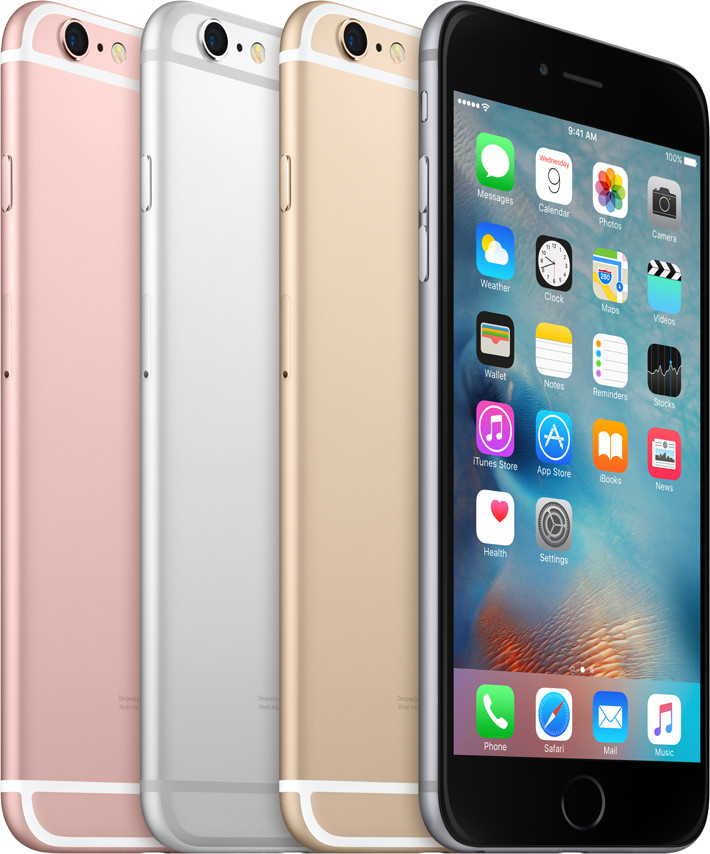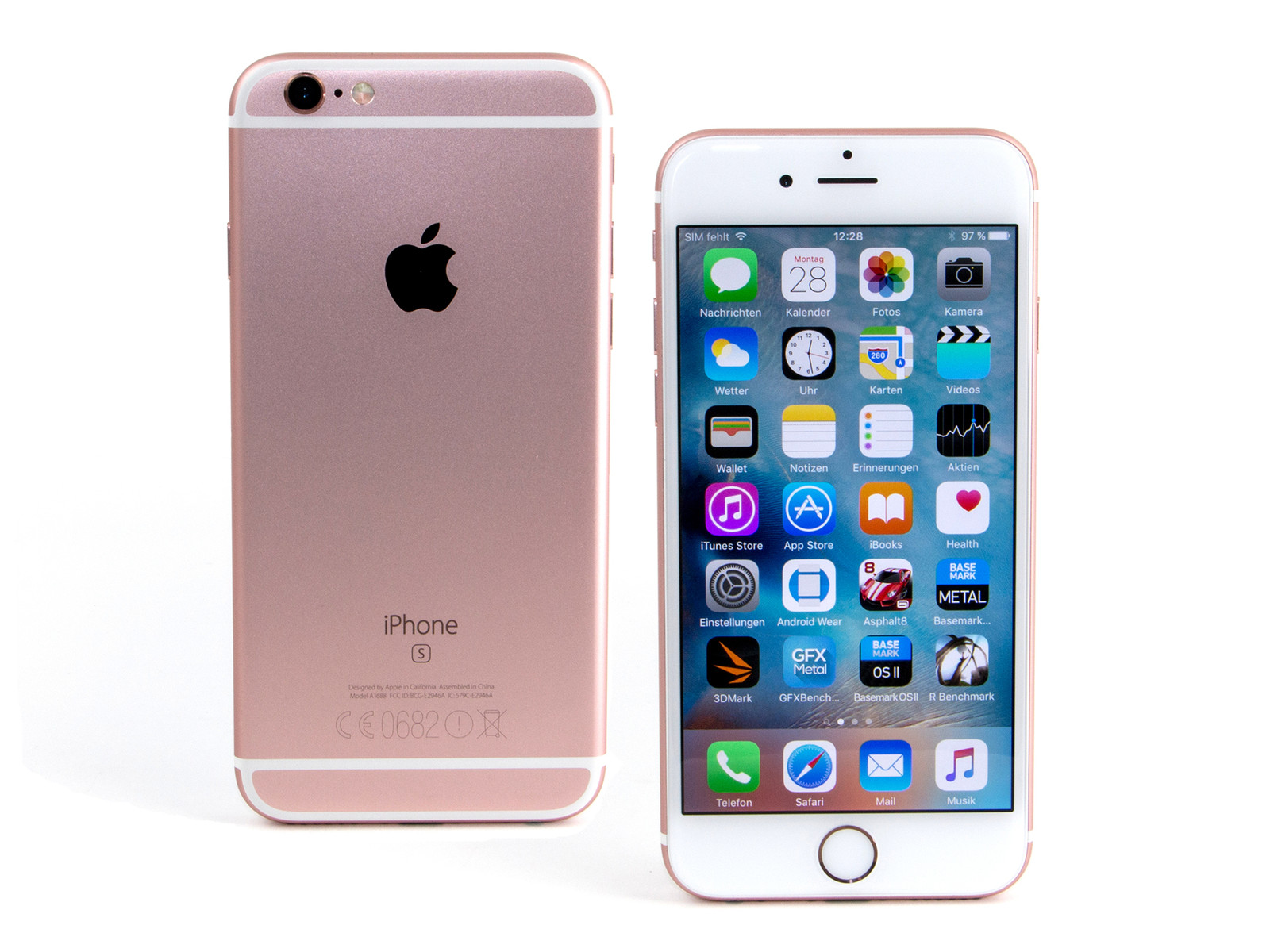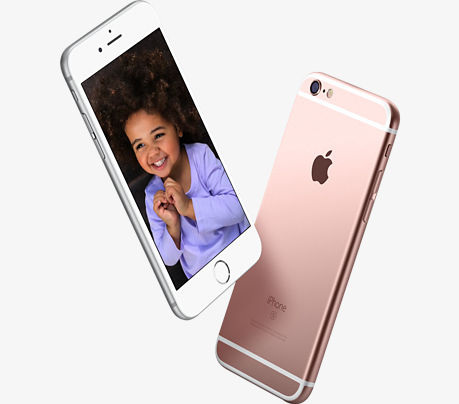iPhone 4S review
The iPhone 4S was never supposed to be. At least not in the eyes of the public, the tech industry and journalists alike. The iPhone 4 had already been out for 17months – a lifetime in the mobile phone sector – reports of iPhone 5 cases and concept designs had been floating around for a while, and surely it was time for Apple to change the stylistic record? Not so. Instead we have an iPhone 4 with everything turned up to 11, or at least 9 anyway.
Contrary to initial reactions from many, though, this shouldn't be cause for lamentation as where it counts the iPhone 4S is up there with the best. However, the list of meaningful hardware differences is rather short. There's a new CPU in the form of the same dual-core A5 CPU as used on the iPad 2 (though it's clocked at 800MHz rather than 1GHz), meanwhile the iPhone 4 has a single core chip running at 1GHz. The A5 chip also packs in seven times the graphics performance of the iPhone 4, according to Apple.
Also new is an 8-megapixel camera with 1080p video recording, a redesigned antennae and the new Siri voice controlled assistant. All of which we'll be looking at in detail throughout this review.
But back to that design. The iPhone 4S is almost identical in appearance to the iPhone 4. The only visible difference comes courtesy that new antennae design. On both phones the antennae is incorporated into the stainless band that wraps round the edge, and famously on the iPhone 4 this lead to problems when the phone was held such that your hand or fingers covered the thin strips of black plastic that seperated the aerial into segments.
On the iPhone 4S these black strips have doubled in number, indicating the phone's use of two antennae. Thanks to having to incorporate these extra black strips, the mute switch on the left edge has had to move closer to the volume buttons.
This slight change in button placement could actually be one of this phone's first major problems as many iPhone 4 cases that otherwise would've fit may not do so now. If you've invested in a decent case, that it is incompatible may be enough to put you off until the iPhone 5 arrives.
Otherwise it's same old, same old.
The front and back are formed of two slabs of toughened glass that are incredibly resistant to everyday scratches though prone to shattering if dropped. That said, in the 17months we've been using an iPhone 4 it has taken three pocket height drops (two onto tarmac and one particularly unfortunate one right onto a thick metal strip than run along a doorway) and it has only a couple of scratches to the metal band and a nick in the thin plastic strip that sits between the metal and glass.
While the toughness debate will no doubt rage on, what can't be denied is how horrendously slippery the glass surface is. It may sound like an odd complaint but whether you're wearing gloves or resting the phone on the arm of a sofa, it has an incredible ability to slide on fabric. We appreciate the logic of this minimalist design but do hope a more practical finish graces the iPhone 5.
Set into the front pane of glass is the phone's single Home button, which now serves a number of purposes we'll cover throughout the review. Also on the front is the front-facing camera, which hasn't increased in resolution from the miserly 640 x 480 pixels of the iPhone 4 - it's just about enough for face to face video chat.
The back is home to the all important new camera (the increased lens size of which is just about discernible) with its accompanying LED. Adding a second LED, or even a Xenon flash, would've been a nice move but it's certainly not typical to find two in use.
As for those industrial steel edges, the right is feature free apart from the microSIM slot - despite reports suggesting these would become standard they still some to be the exception rather than the rule - while the left houses the mute switch and two volume buttons, the top one of which doubles as the shutter button for the camera. We still prefer the more pronounced volume rocker of the iPhone 3G/3GS as it was easier to locate by touch alone through a case or the fabric of a pocket. And while we're on the subject, we're reminded how much more comfortable to hold those handsets were.
The bottom is home to the standard Apple charging and syncing dock and it's flanked by the microphone and speaker, the latter of which remains one of the better ones available. Up top, meanwhile, is the headphone socket, noise cancelling microphone and power button/lock button. As ever, there's no HDMI socket, no easily accessible battery and no microSD slot for expanding the memory, though with 64GB handsets available the latter point is less of a concern than ever.











